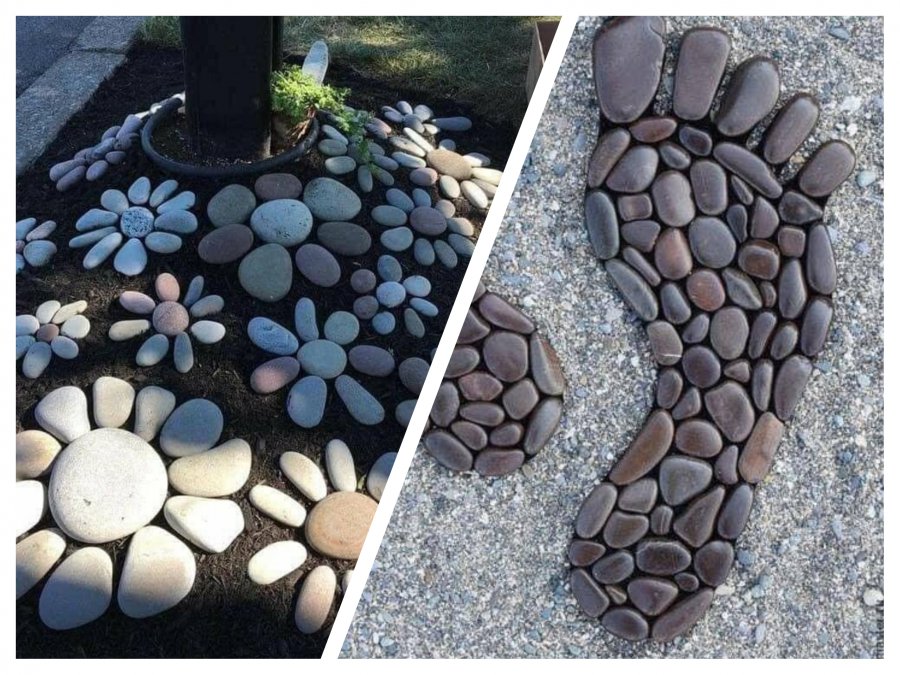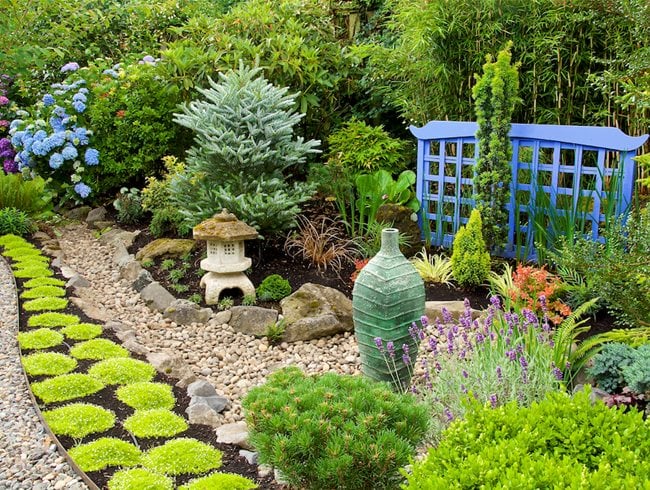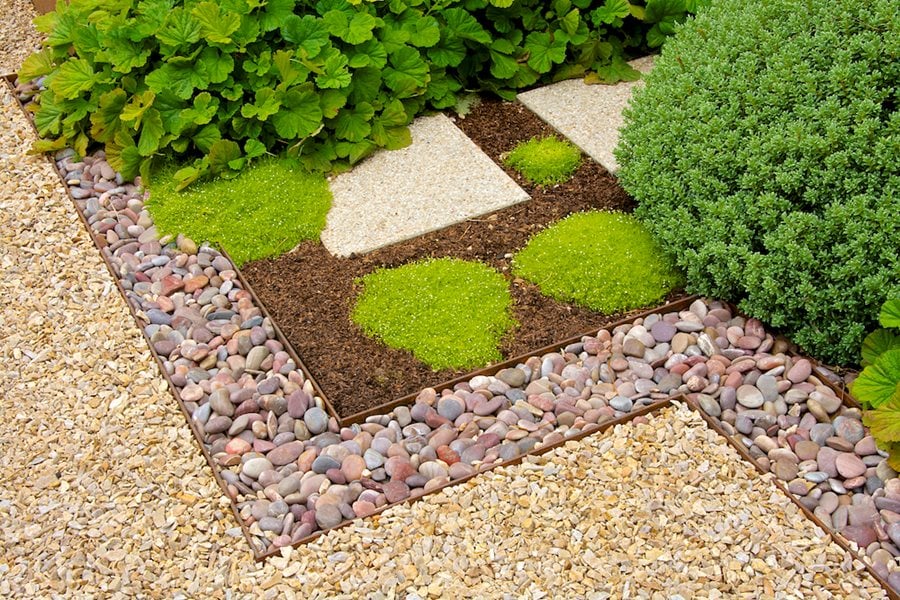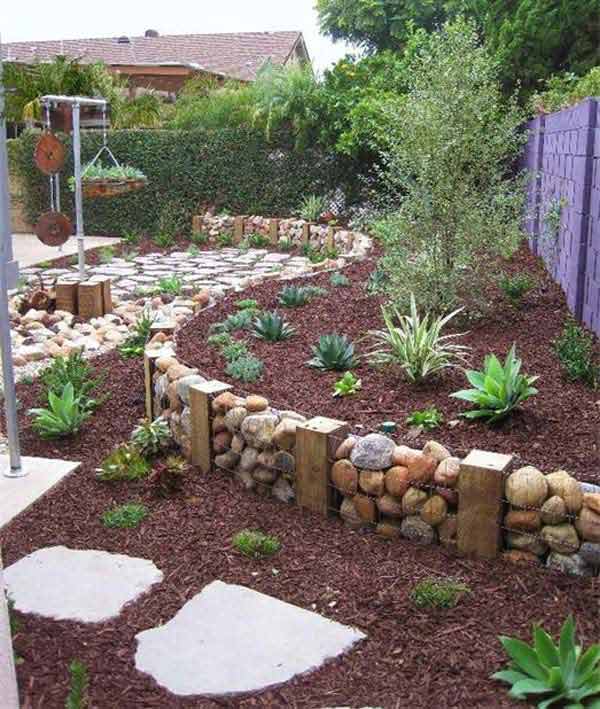When it comes to enhancing the beauty of your garden, few elements can match the natural charm that rocks bring. From creating pathways to building stunning focal points, decorating with rocks can elevate your outdoor space in countless ways. As someone who has spent years experimenting with various garden designs, I can attest to the transformative power that rocks can have in making your garden a personal oasis. In this comprehensive article, we’ll explore innovative ways to use rocks in your garden, share tips and tricks from my own experiences, and provide answers to common questions. Let’s dig in!
Why Use Rocks in Your Garden Design?
Rocks are versatile garden materials that come with a plethora of benefits:
- Durability: Unlike plants, rocks don’t wilt or die, making them a long-lasting option for garden design.
- Low Maintenance: Once positioned, rocks require minimal upkeep compared to grassy areas or flower beds.
- Natural Aesthetics: Rocks blend seamlessly with natural surroundings, enhancing the overall appeal of your garden.
- Versatility: Rocks can be used in various ways, from pathways to walls, or even as decoration.
Types of Rocks for Garden Decor
When considering rocks for your garden, the variety available can be overwhelming. Below are some popular types of rocks you might consider:

1. River Rocks
Smooth and oval-shaped, river rocks are perfect for creating tranquil pathways.
2. Flagstone
Flat stones ideal for patios and walkways, providing a rustic charm.

3. Gravel
Crushed stones that can be used to fill gaps or create a drought-resistant landscape.
4. Boulders
Large stones that act as anchor points and focal designs in garden aesthetics.

5. Lava Rocks
Unique textured rocks that can add dramatic flair to your garden.
Creative Ways to Decorate with Rocks

1. Pathways and Walkways
Creating pathways with rocks is one of the most popular garden decorating ideas. They not only guide visitors through your garden but also add a beautiful visual appeal. Here’s how to do it:

- Choose the right type of rocks (river rocks or flagstone work well).
- Decide on the pathway layout. Curved lines often look more natural than straight paths.
- Prepare the ground by leveling and adding a base layer (sand or gravel).
- Arrange the rocks, ensuring uniform spacing for visual appeal, and fill gaps with smaller stones or gravel.
Pros and Cons of Rock Pathways

| Pros | Cons |
|---|---|
| Durable and low maintenance | Can be difficult to walk on without proper placement |
| Adds aesthetic appeal | Initial installation can be labor-intensive |
2. Rock Gardens
Rock gardens are a stunning way to showcase your favorite plants while adding structure using rocks. Here’s how to create one:
- Select a sunny spot since most rock garden plants prefer full sunlight.
- Choose a variety of rocks in various sizes for visual interest.
- Incorporate drought-resistant plants like succulents and alpine varieties.
Essential Tips for Designing a Rock Garden
- Layering: Place larger rocks at the back and smaller rocks in front for depth.
- Soil: Ensure well-draining soil to prevent root rot.
- Watering: Occasionally water the plants during prolonged dry spells.
3. Focal Points with Boulders
Using boulders can create dramatic focal points in your garden. Position them in strategic locations to draw attention. Here’s how to highlight large rocks:
- Choose a large, visually interesting boulder.
- Position it strategically, such as at the entrance of the garden or amidst flower beds.
- Add complementary plants around the boulder to enhance its presence.
Benefits of Using Boulders
| Benefits | Considerations |
|---|---|
| Creates a strong focal point | May require heavy lifting equipment for placement |
| Attracts wildlife | Can overshadow smaller plants if not placed correctly |
4. Decorative Rock Borders
Outlining your flower beds or garden areas with decorative rocks can enhance the overall structure. Here’s how:
- Choose rocks of varying sizes and shapes to create a natural look.
- Dig a shallow trench where you’ll place the rocks.
- Lay the rocks in a single row for a neat appearance or stack them for height.
Inspirational Ideas for Rock Decor
1. Rock Art
Get creative! Painting rocks with vibrant colors or intricate designs can personalize your garden. Place them among plants or along pathways to brighten your space.
2. Succulent Displays in Rock Arrangements
Create stunning arrangements using rocks and succulents. Arrange small rocks to form a bed, placing succulents within for an eye-catching, low-maintenance feature.
3. Water Features with Rocks
If you’re considering a pond or water feature, incorporate rocks to create a natural look. Border the water with smooth stones and place larger boulders at the water’s edge.
Maintenance Tips for Rock Gardens
Maintaining your rock garden doesn’t require much effort, but here are a few tips to keep it looking great:
- Weeding: Regularly check for weeds that may poke through the rocks.
- Cleaning: Occasionally wash the rocks to remove any accumulated dirt or algae.
- Plant Care: Ensure any plants you have are checked for pests or diseases.
Seasonal Changes and Rock Gardens
Keep in mind how your rock garden will look in different seasons. Planning for seasonal blooms can enhance your garden’s appeal year-round.
Frequently Asked Questions (FAQs)
1. Can I use any rocks in my garden?
Not all rocks are suitable. Choose rocks that are non-toxic, weather-resistant, and won’t break down over time. River rocks, flagstone, and granite are excellent choices.
2. Are rock gardens difficult to maintain?
No, rock gardens are generally low maintenance. Regular weeding and occasional plant care are typically all that’s needed.
3. How do I prevent plants from getting too dry in a rock garden?
Choose drought-resistant plants and ensure good drainage. Adding organic mulch can also help retain moisture.
4. Can I use crushed stone for pathways?
Yes, crushed stone can be a great option for pathways as it provides good traction. Just ensure that the edges are defined to keep it from spreading.
5. What plants go well with rocks in a garden?
Consider using succulents, alpine plants, ornamental grasses, and perennials that thrive in well-drained soil.
Conclusion
Decorating with rocks in the garden offers endless possibilities for creativity and personalization. Whether you’re designing a serene rock garden, crafting unique pathways, or creating breathtaking focal points, the right use of rocks can transform your outdoor space into a beautiful retreat. With a little imagination and some horticultural knowledge, you can achieve a stunning garden that reflects your personal style.
Remember, it’s all about enjoying the process and creating a space that feels welcoming to you and your loved ones. Get ready to dig your hands into the earth and start beautifying your outdoor environment!